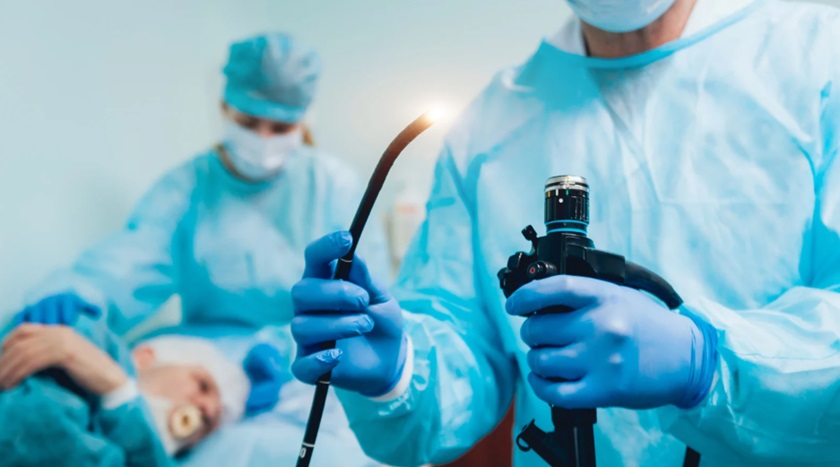If you are preparing for an upper endoscopy in Baltimore, ensuring your procedure goes smoothly and delivers accurate results is critical. This minimally invasive test allows doctors to examine your upper digestive tract using an endoscope. Proper preparation enhances the procedure’s effectiveness and helps alleviate any anxiety you may feel. By following your doctor’s instructions closely, you can minimize potential complications and ensure a more comfortable experience. Additionally, understanding the process can empower you to approach the procedure with confidence and peace of mind.
What is an Upper Endoscopy?
An upper endoscopy, or esophagogastroduodenoscopy (EGD), is a diagnostic procedure to investigate potential problems in the esophagus, stomach, or upper small intestine. It helps diagnose various conditions, such as ulcers, acid reflux, and other gastrointestinal issues. Since the procedure requires an empty stomach, preparation is critical for clear visuals during the examination.
Steps to Prepare for an Upper Endoscopy
Talk to Your Doctor
Discuss your medical history, ongoing medications, and concerns with your doctor. They may give you specific instructions based on your individual needs. For example, you might need to pause certain drugs, particularly blood thinners or antacids, to avoid complications during the procedure.
Discover the fascinating world of gastrointestinal diagnostics by unlocking the Secrets of Endoscopy, a procedure that offers a clear view into your digestive health.
Follow Dietary Restrictions
The night before the procedure, avoid eating solid food. Typically, doctors recommend fasting for at least six to eight hours. This ensures your stomach is empty, reducing the risk of complications and improving the quality of the images captured during the endoscopy.
Stay Hydrated with Clear Liquids
While you cannot eat, you can drink clear liquids such as water, clear broth, or apple juice up to two hours before the procedure. Avoid beverages that are colored or contain pulp, as they can interfere with visibility during the examination.
Arrange for Transportation
Since sedation is commonly used during an upper endoscopy, having someone accompany you to the appointment is essential. You won’t be able to drive or operate machinery for the rest of the day, so prearrange your post-procedure transportation to ensure your safety.
Wear Comfortable Clothing
On the day of your procedure, please wear loose, comfortable clothing to ease your movement and make it easy for medical staff to monitor you. Avoid wearing jewelry or using heavy lotions or deodorants.
What to Expect During the Procedure
Sedation and Relaxation
Before the procedure begins, you’ll receive a sedative to help you relax. A local anesthetic may also be sprayed into your throat to minimize discomfort.
The Procedure Process
The doctor gently guides the thin, flexible endoscope through your mouth and esophagus. The process takes about 15-30 minutes, and you won’t feel much discomfort due to the sedation.
Post-Endoscopy Recovery
After the procedure, you’ll rest in a recovery area until the effects of sedation wear off. Any minor side effects, such as a sore throat or bloating, should subside within a day or two.
Additional Tips for a Successful Upper Endoscopy
For anyone planning this procedure, reviewing a guide on the benefits of an upper endoscopy can highlight how this diagnostic tool can help identify and treat gastrointestinal issues effectively. Such resources can alleviate uncertainties and boost confidence as you approach the examination.
Conclusion
Preparing for an upper endoscopy doesn’t have to be stressful if you plan and follow your doctor’s guidelines. Every small step contributes to a successful and worry-free experience, from fasting and arranging transportation to reviewing helpful resources. By understanding the process and benefits, you won’t just prepare your body—you’ll also prepare your mind.

